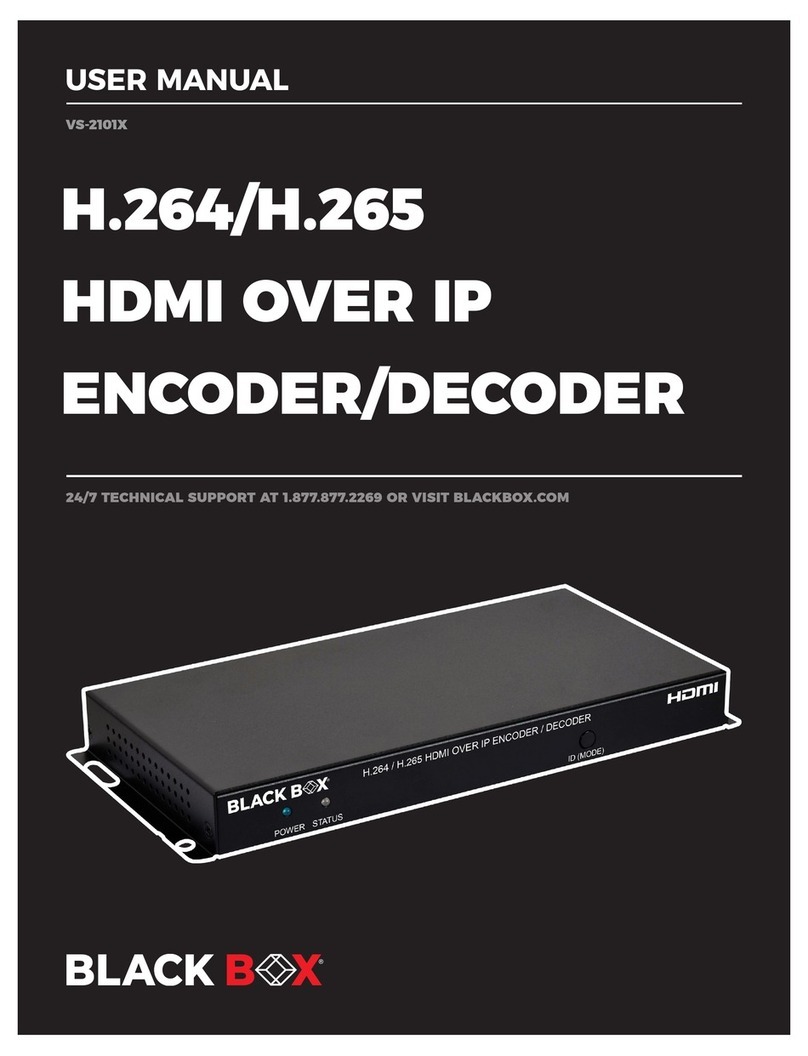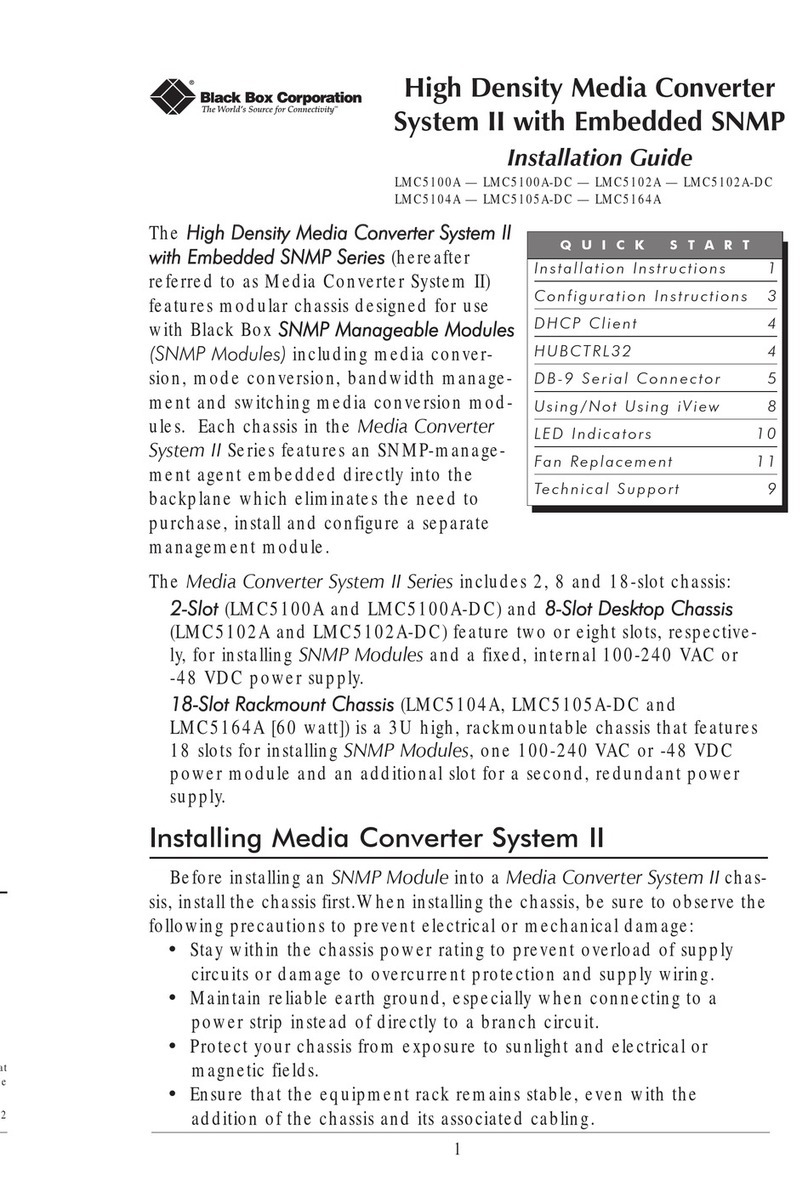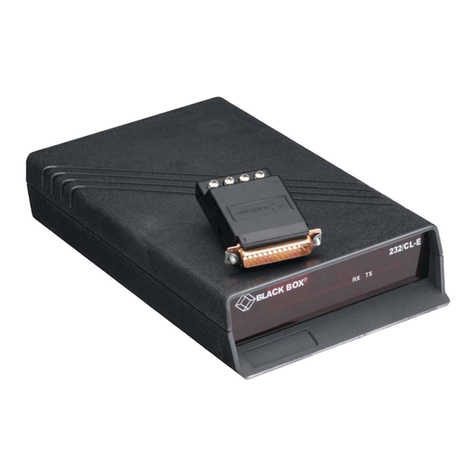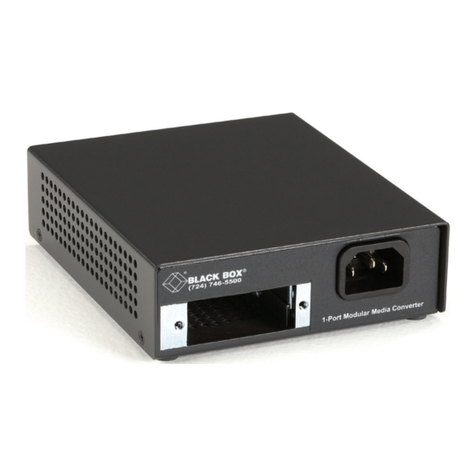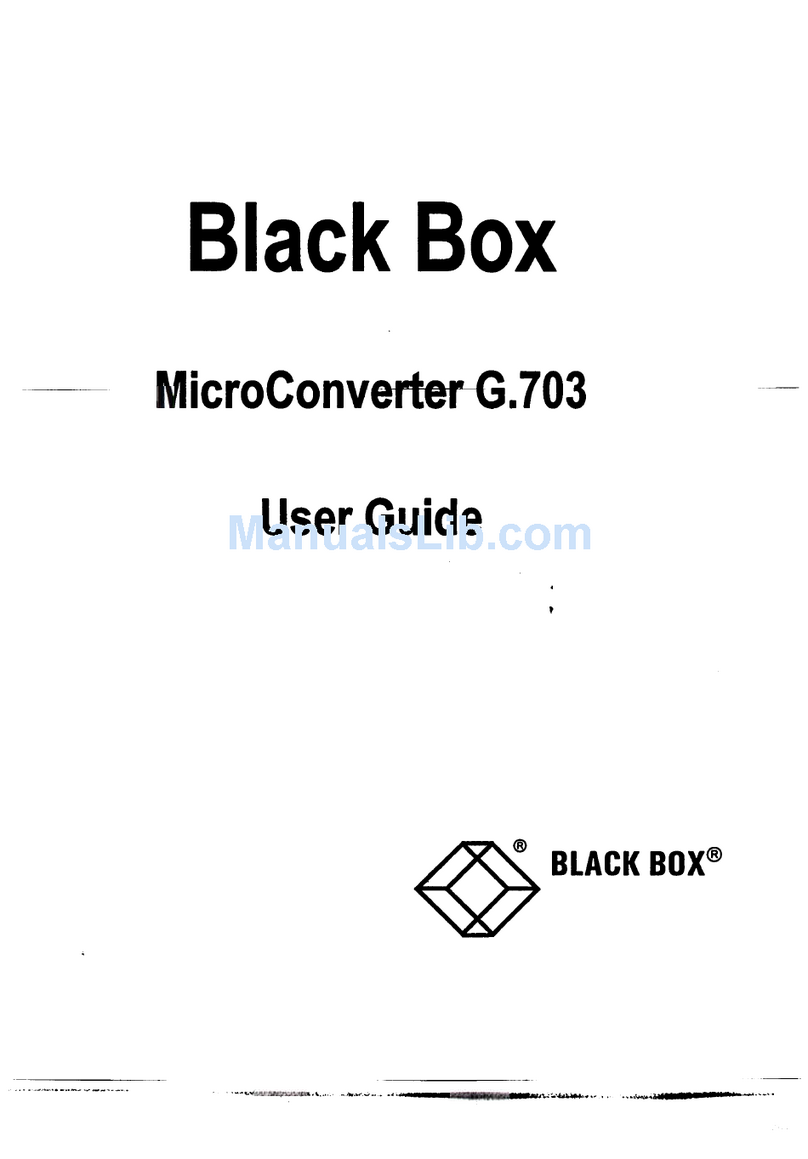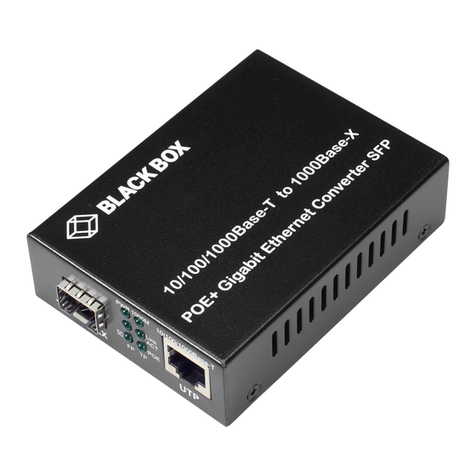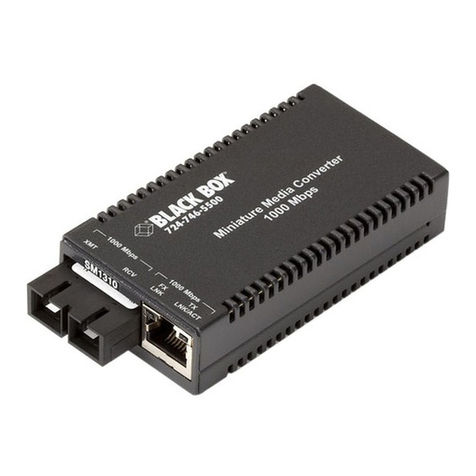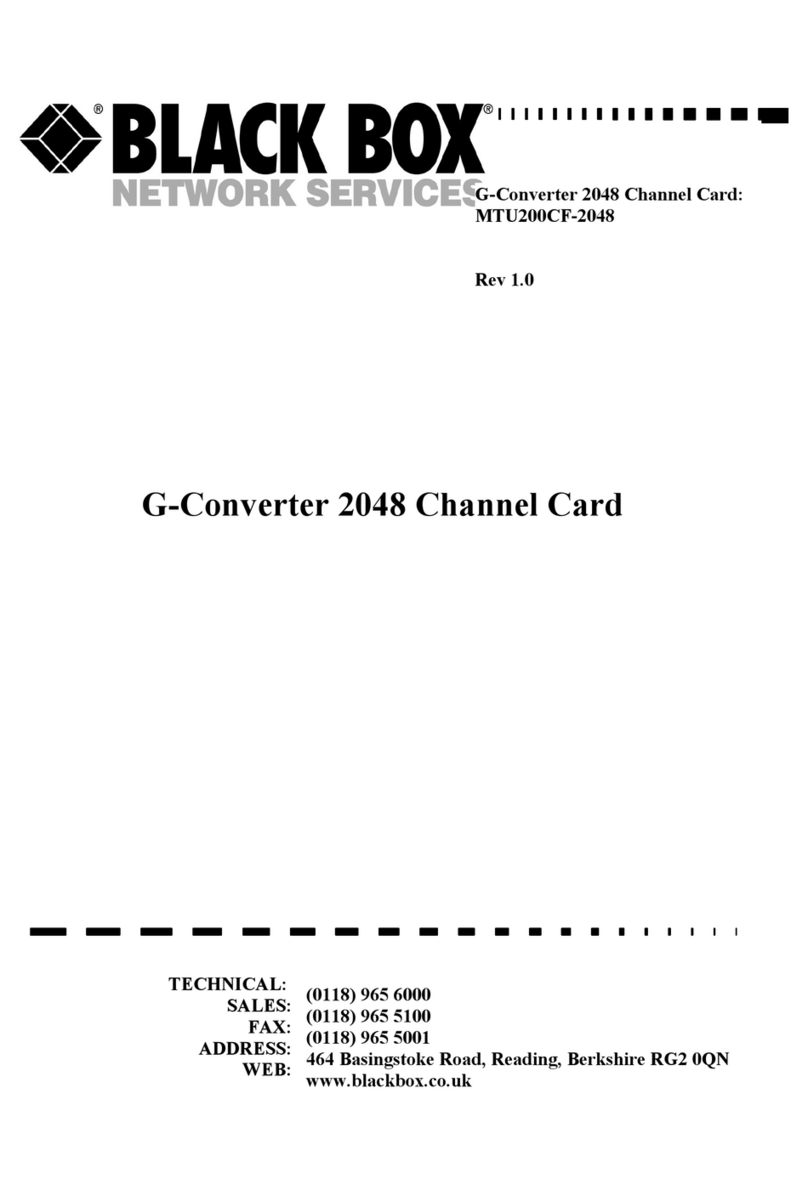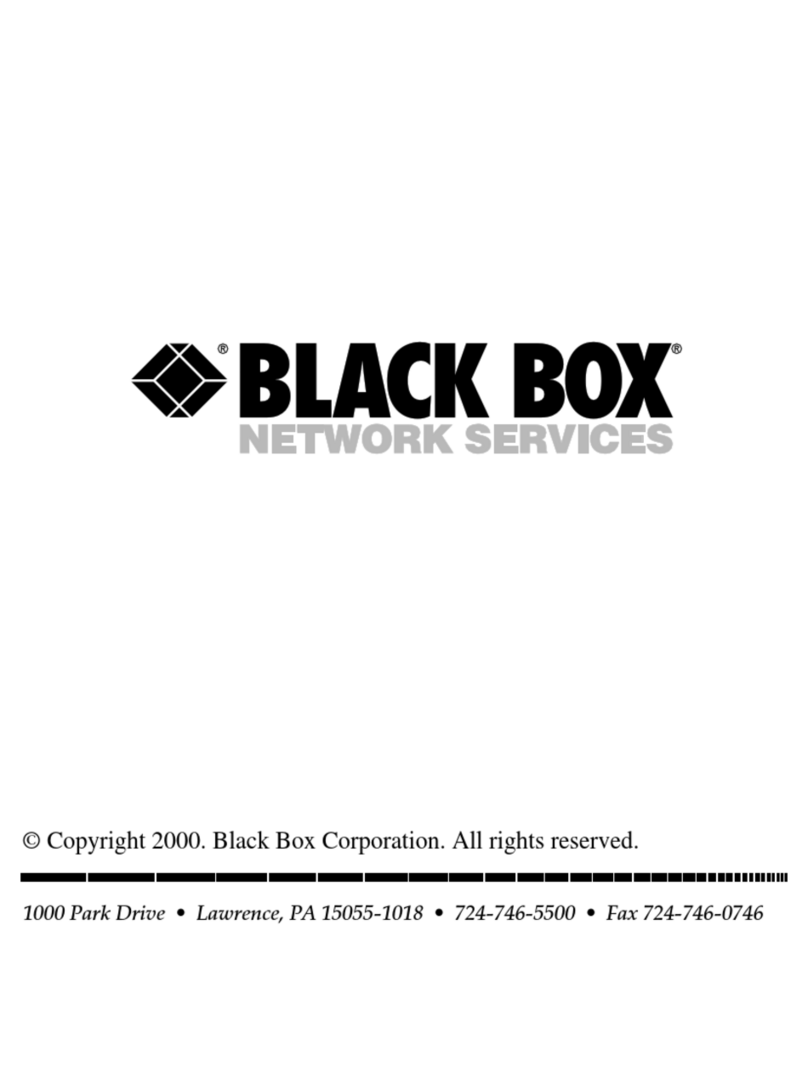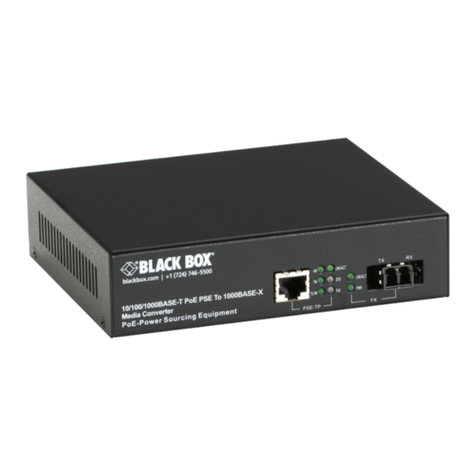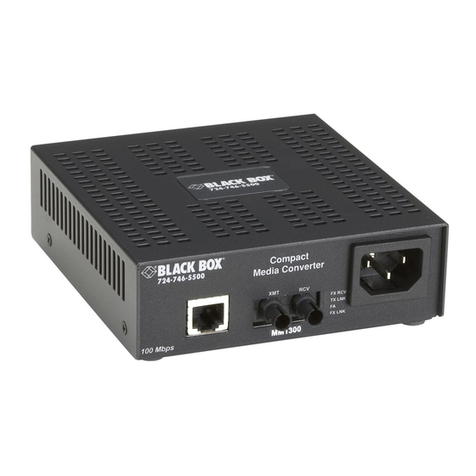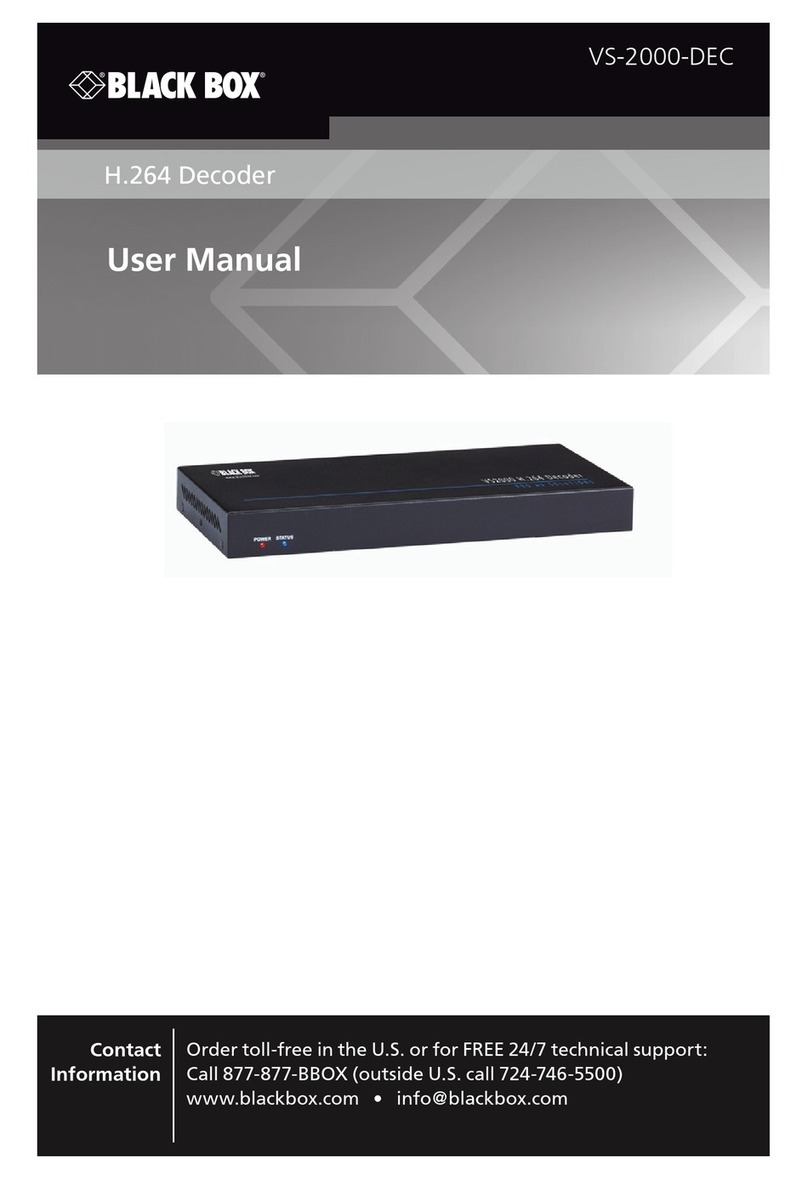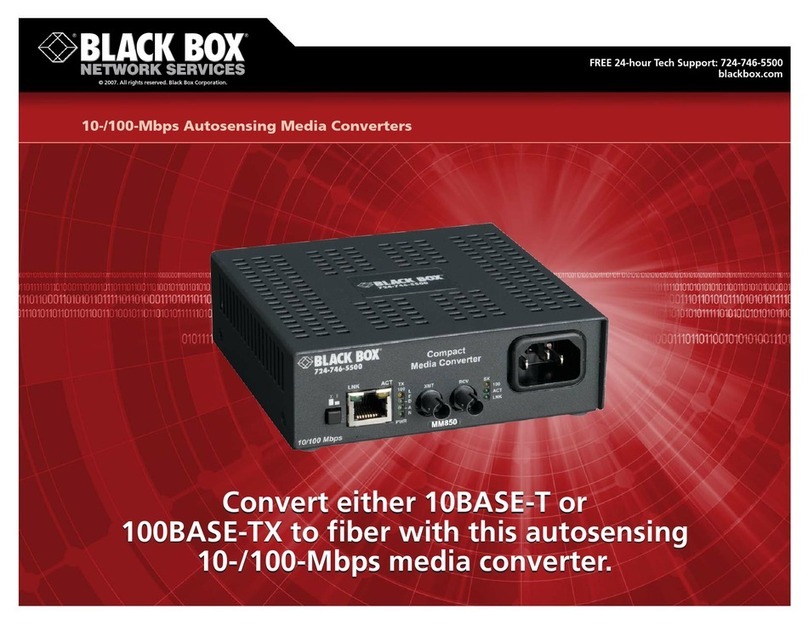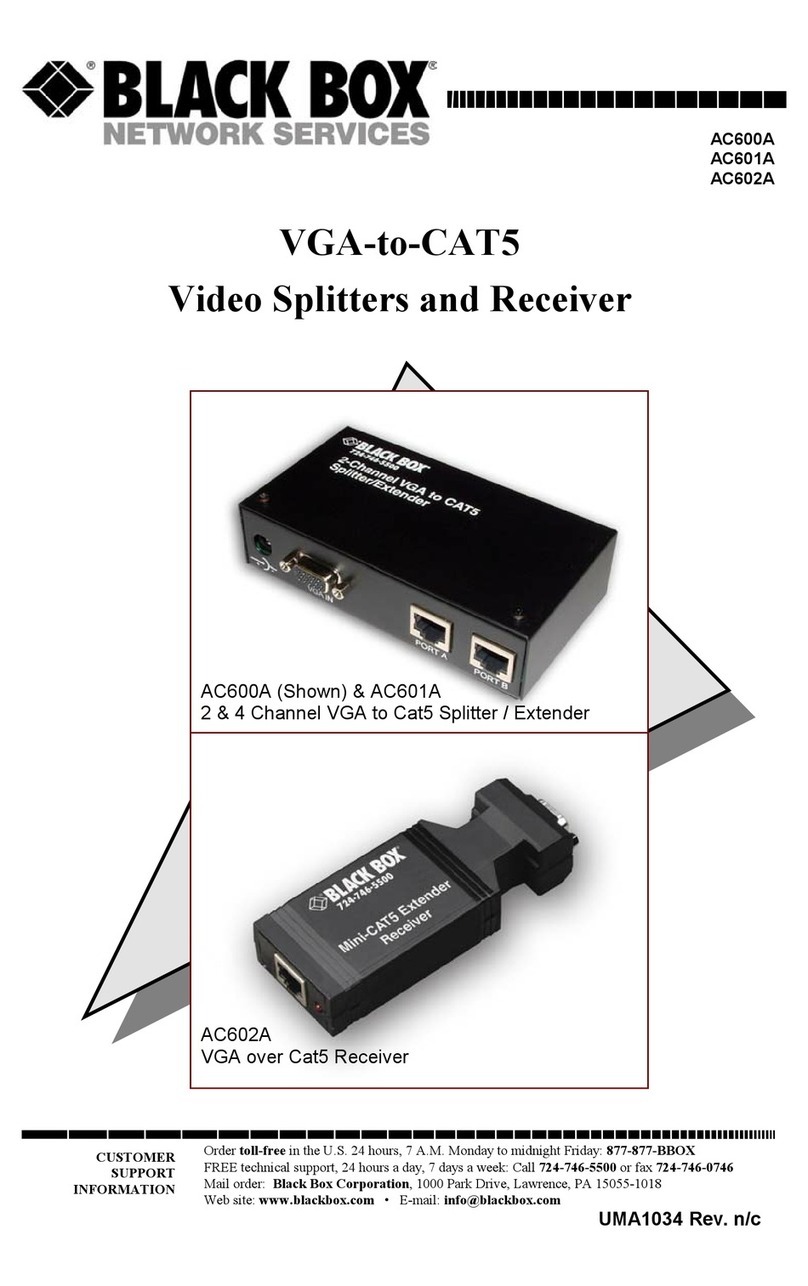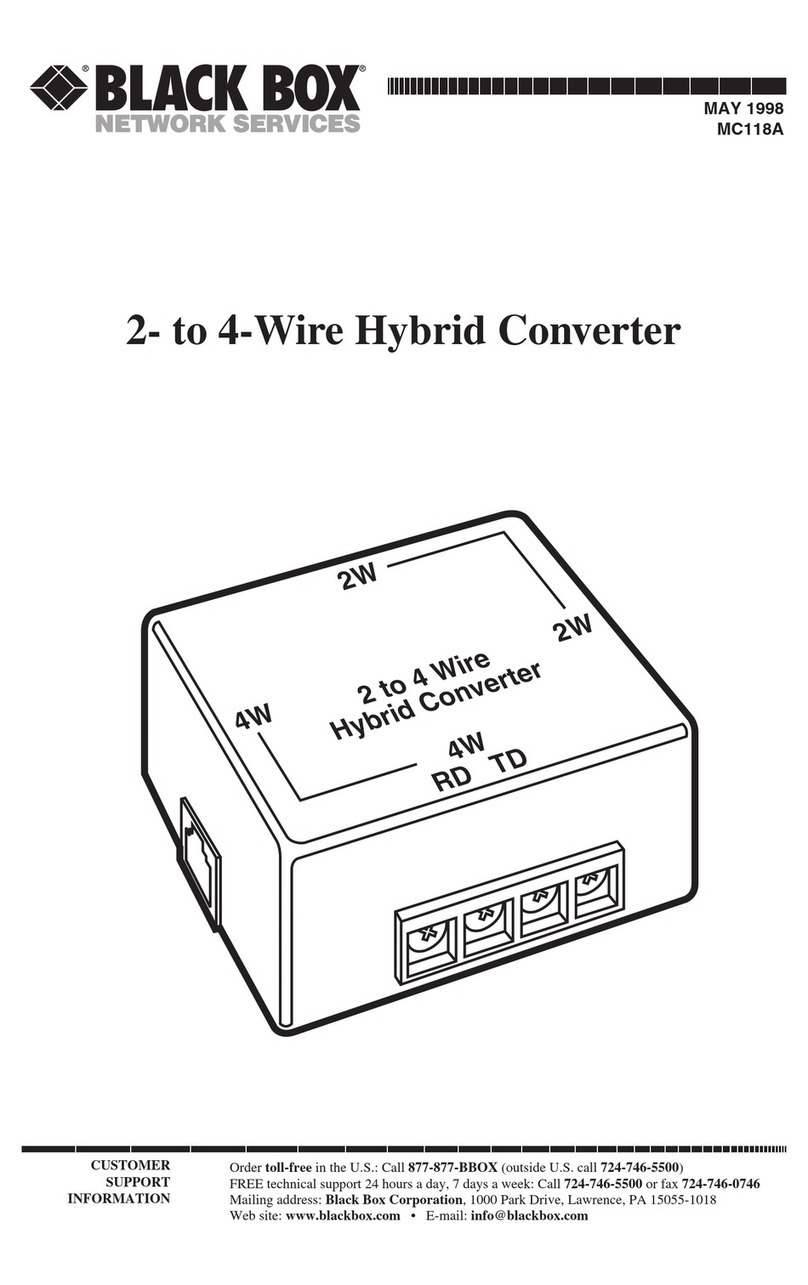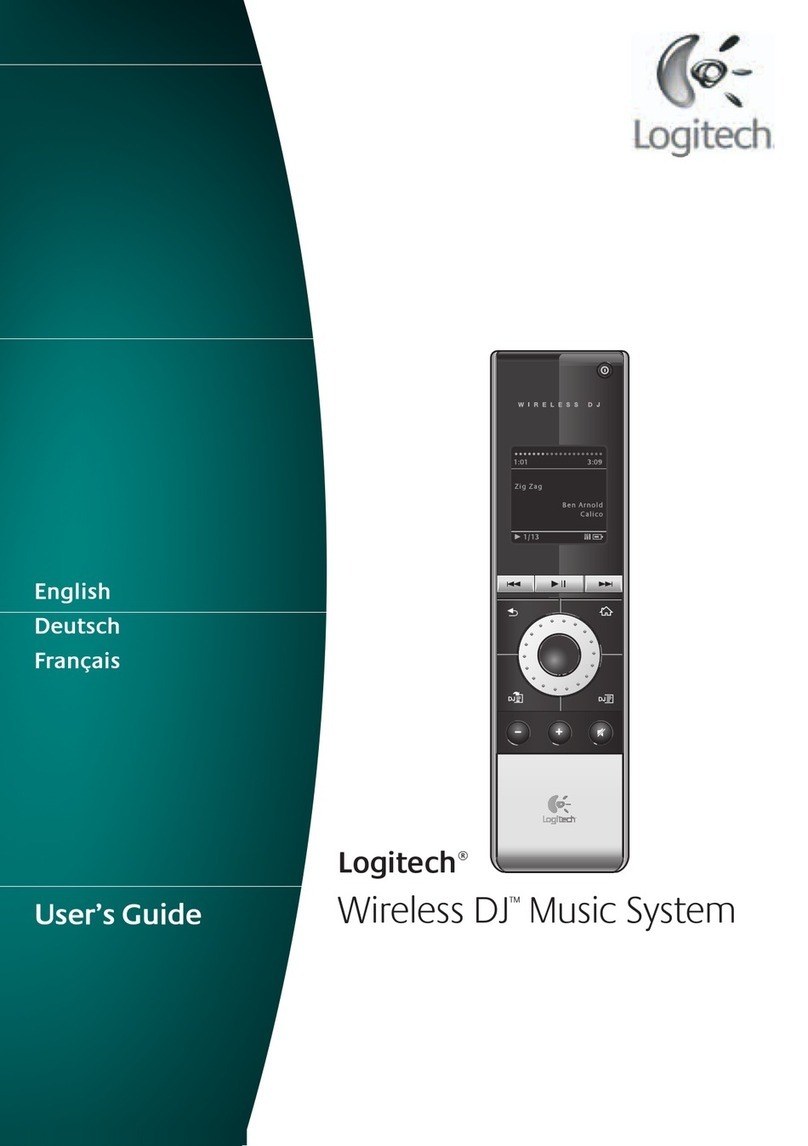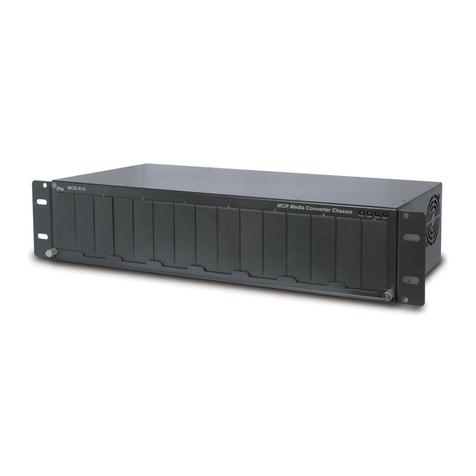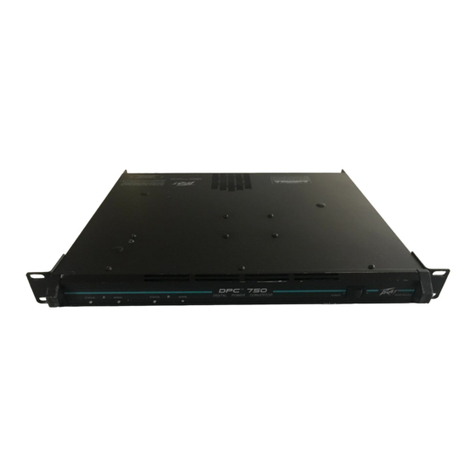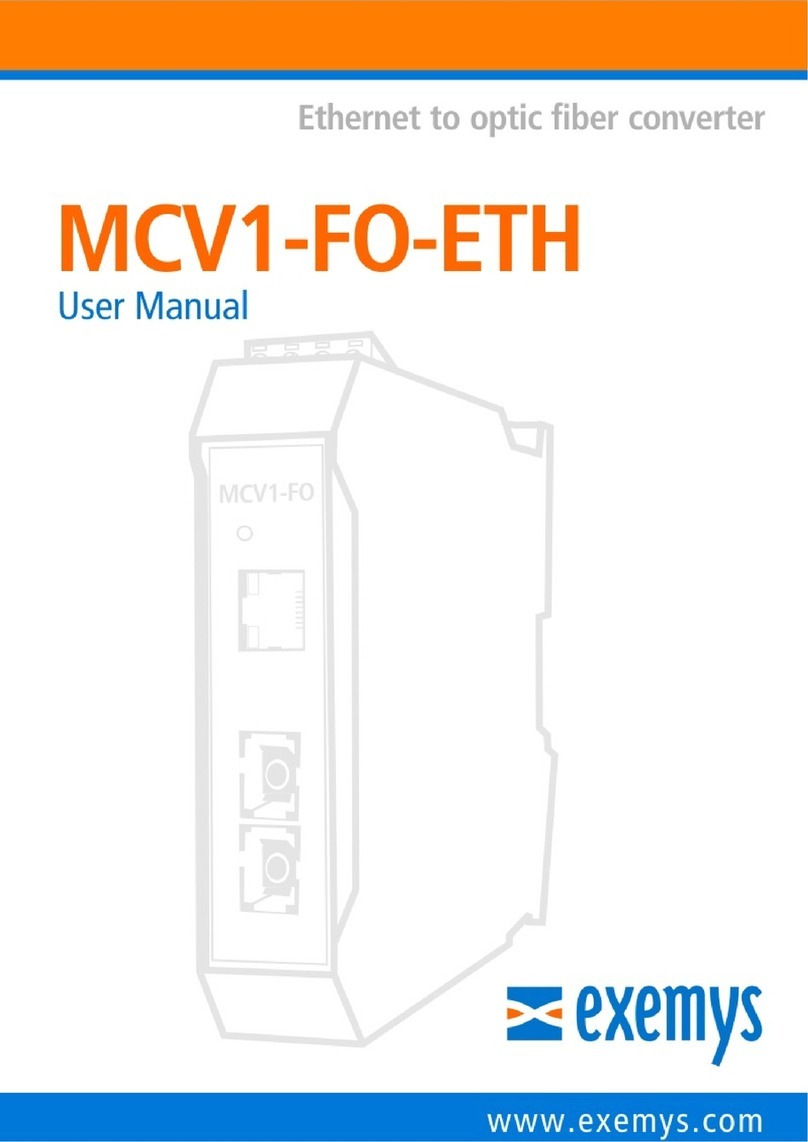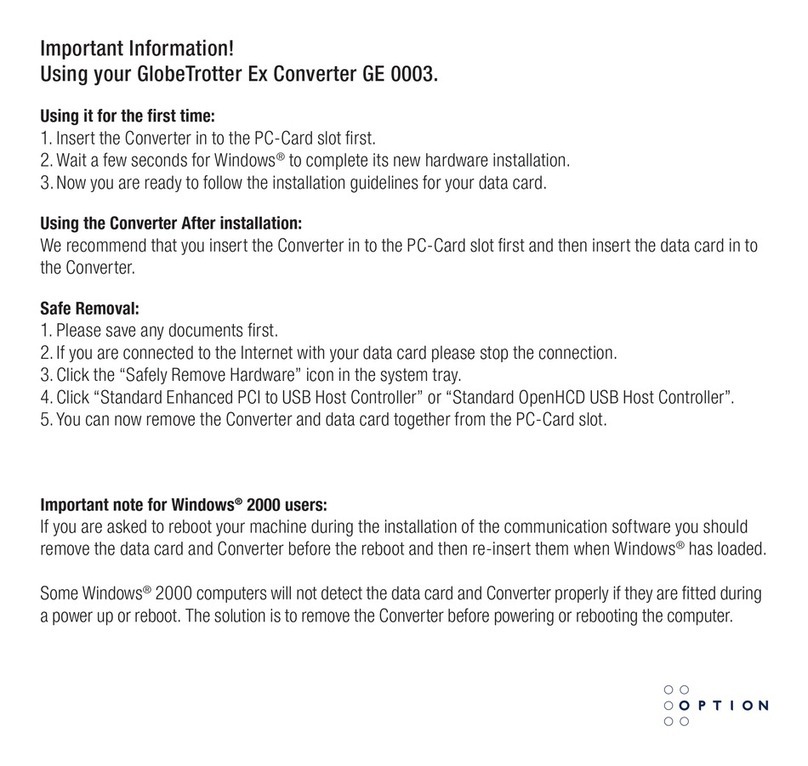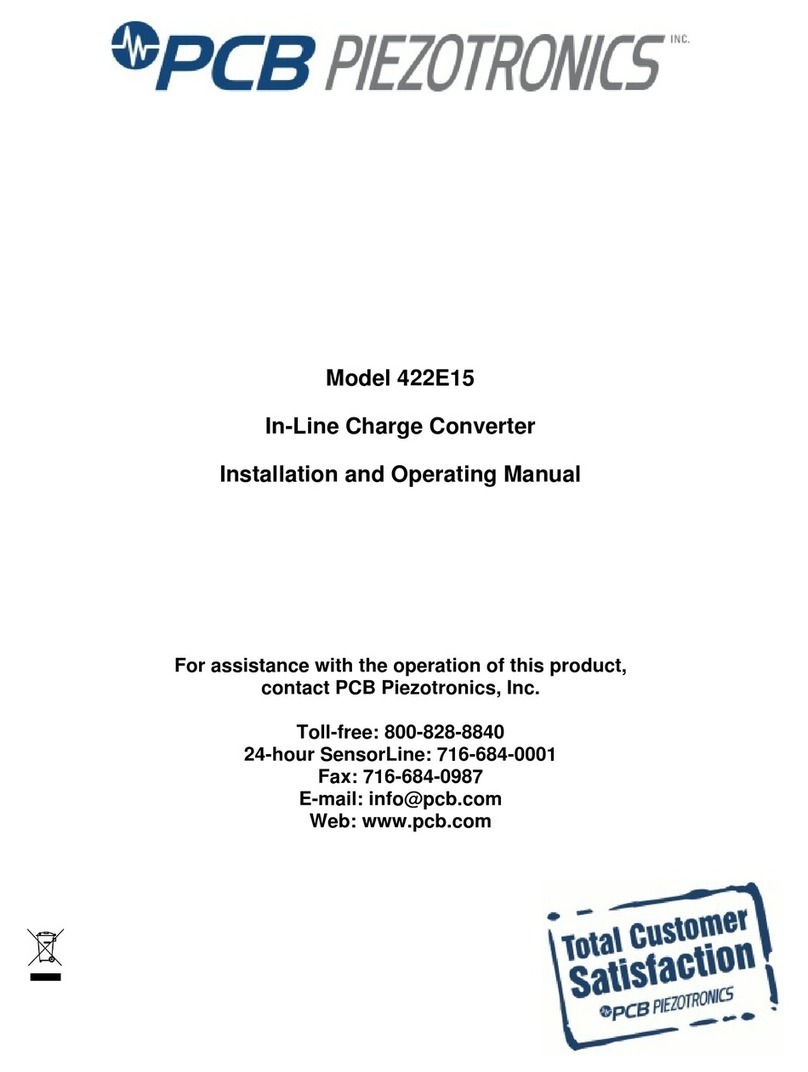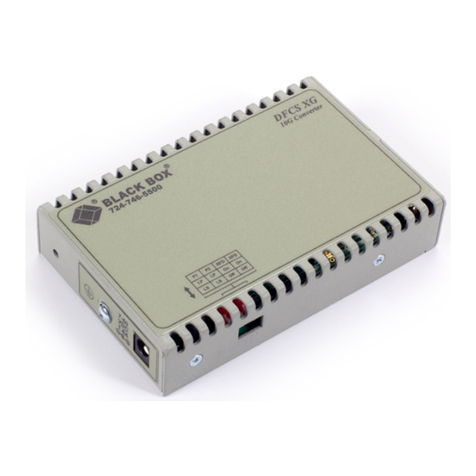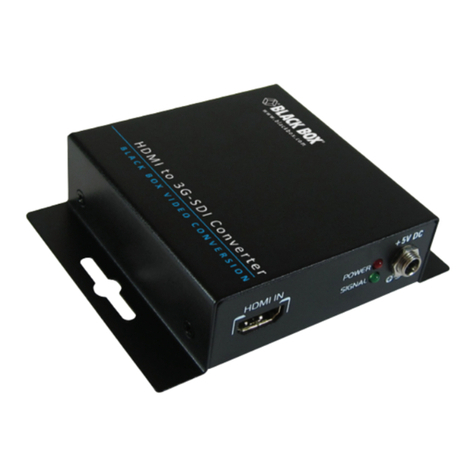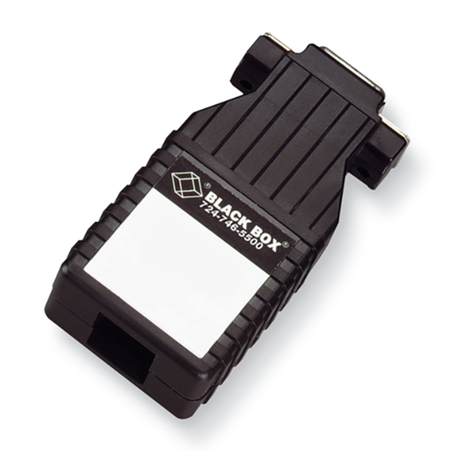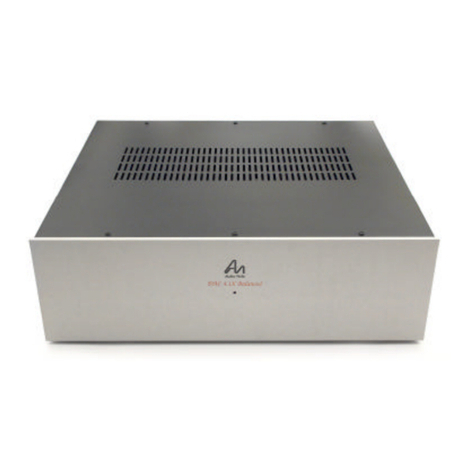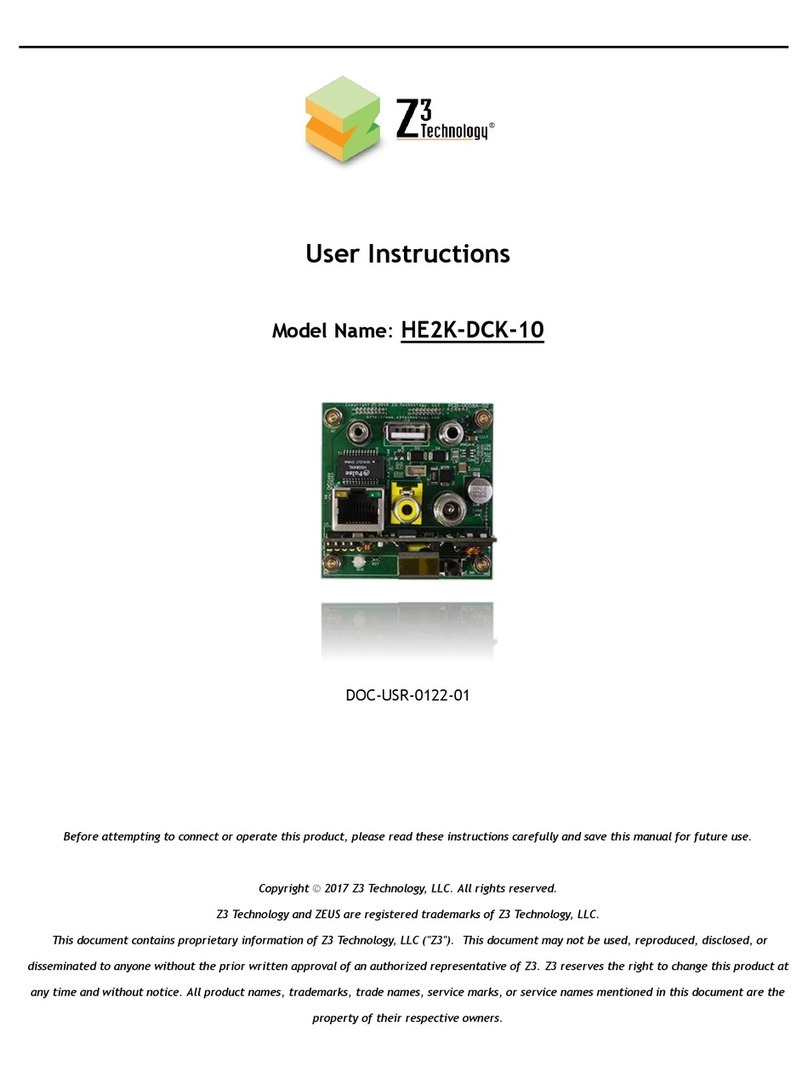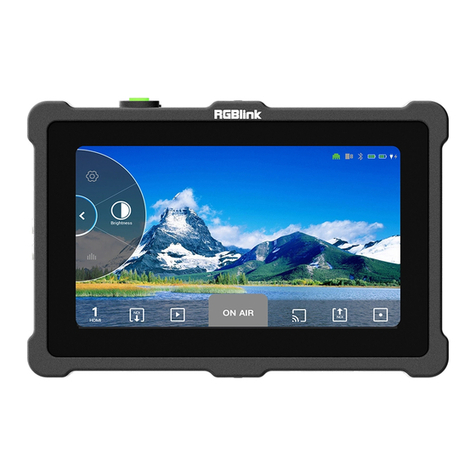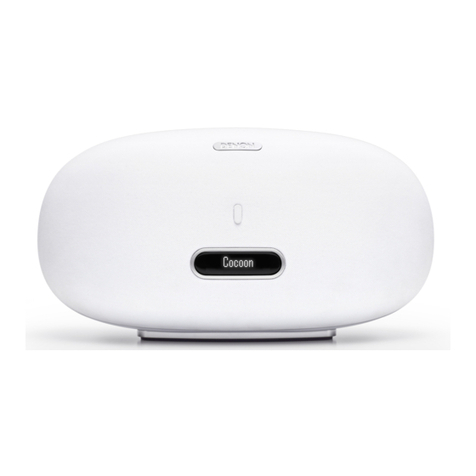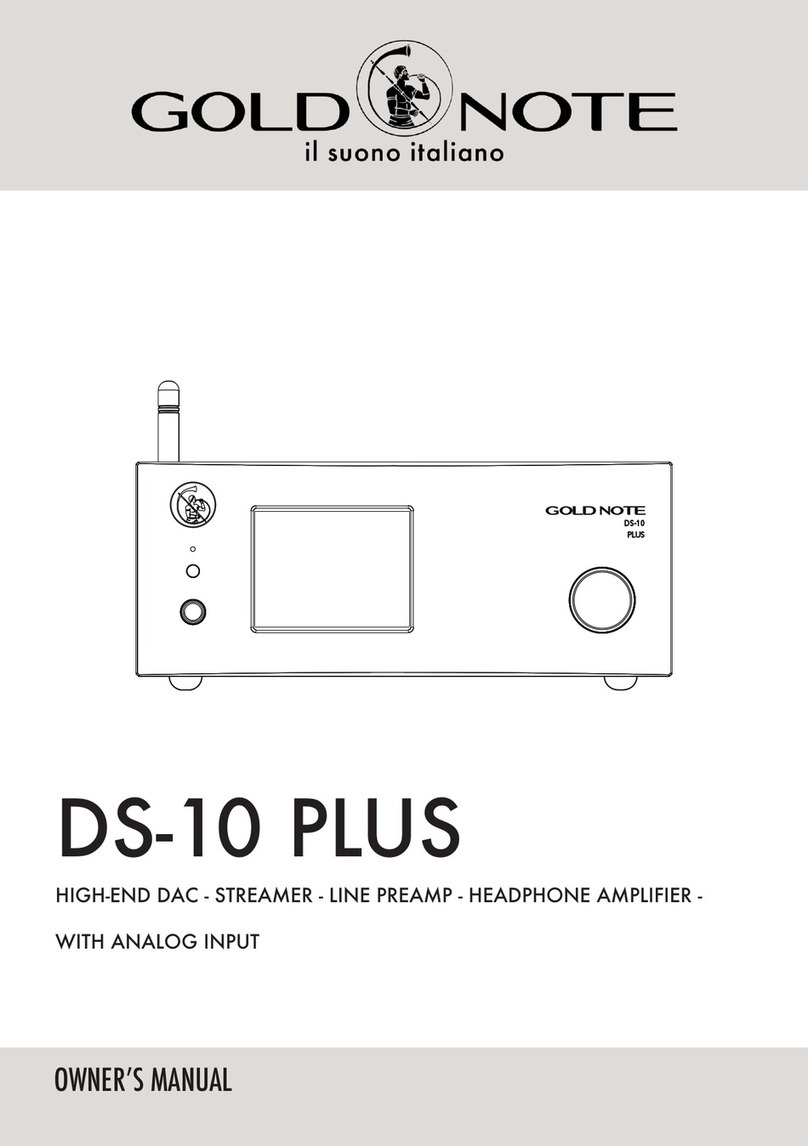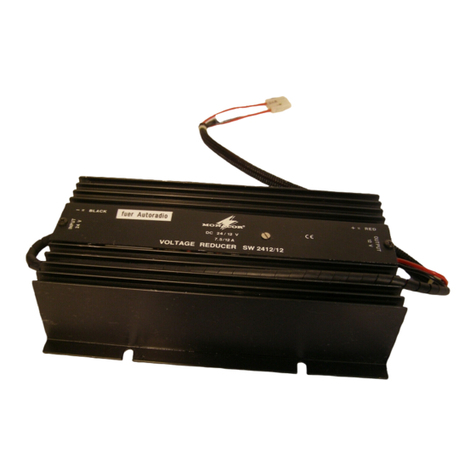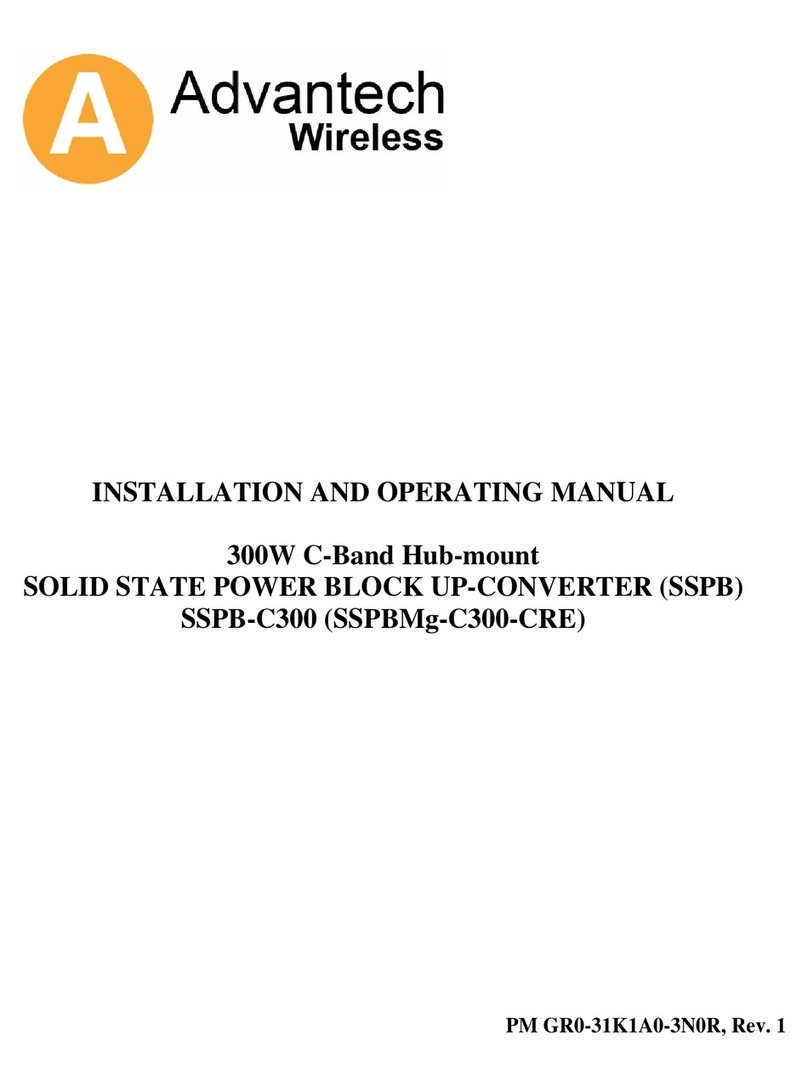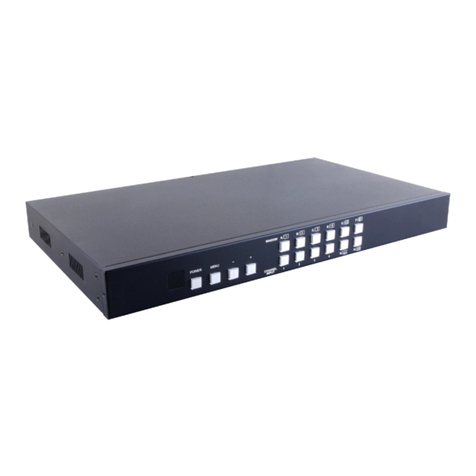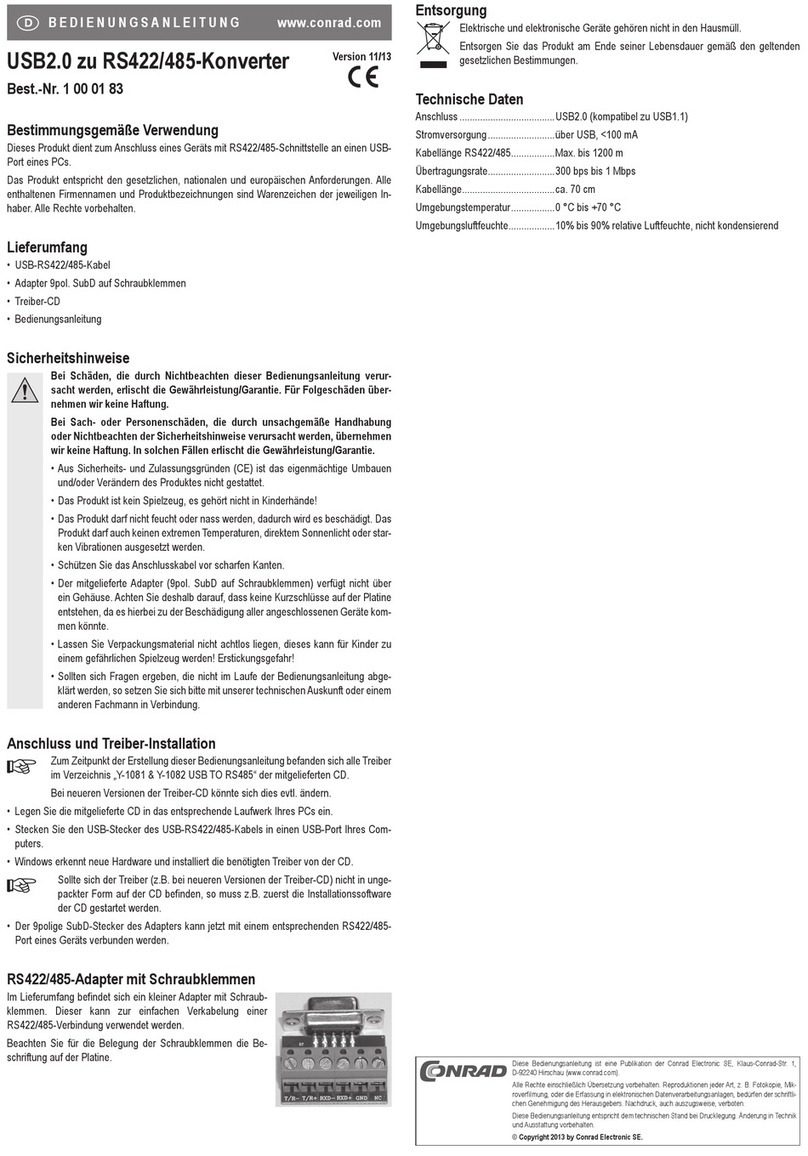What Is LinkLoss?
LinkLoss functions much like FiberAlert in that faults on one port are
mirrored on the other. In
the case of LinkLoss,
however, a fault on the
fiber port is passed to the
Ethernet twisted pair port.
If a Compact Media Converter is not receiving a fiber link, LinkLoss
disables the transmitter on the Compact Media Converter's twisted pair
port. This results in a loss of link on the remote twisted pair device.
Enabling and Using FiberAlert and LinkLoss
FiberAlert and LinkLoss are configured on Compact Media Converter
by adjusting a two-position switch located on the faceplate, next to the
fiber connectors. The switch for LinkLoss is labeled “LL.” The switch for
FiberAlert is labeled “FA.” Enable LinkLoss or FiberAlert by moving the
corresponding switch to the up (ON) position. Disable either (default) by
moving the switch to the down (OFF) position.
In a central site to remote site media conversion, the manufacturer
recommends you enable your Compact Media Converters’
troubleshooting features as follows: FiberAlert on the remote site only,
and LinkLoss on both the central and remote site. This will ensure that
most faults can be detected by an administrator located at the central
site, no matter where they occur on the network.
Installation Troubleshooting
• During installation, first test your fiber and twisted pair
connections with all troubleshooting features disabled. Then
enable these features, if desired, just before final installation.
This will reduce the features’ interference with testing.
• To test Compact Media Converter by itself, you must have an
appropriate fiber patch cable. First, connect Compact Media
Converter to the twisted pair device with a twisted pair cable.
Next, loop a single strand of fiber from the transmit port to the
receive port of your media converter. Finally, verify that you
have both twisted pair and fiber link on your Compact Media
Converter.
• Make sure that you are using the appropriate twisted pair cable
or have the crossover/pass-through button on the Compact
Media Converter set correctly.
4
FIBERALERT/LINKLOSS COMPARED
Feature
FiberAlert
LinkLoss
Fault Location
Fiber
Fiber
Disabled LEDs
Fiber
Twisted Pair
If a thin Ethernet segment is to be terminated at the Compact Media
Converter TP/BNC, attach the cable directly to the BNC connector and
set the termination switch to ON (enabled – factory default) by moving
the switch to the right position.
Troubleshooting with LinkLoss and FiberAlert
LinkLoss and FiberAlert are advanced troubleshooting features that can
help you use your Compact Media Converter to locate “silent failures” on
your network. It is vital that you understand exactly how FiberAlert and
LinkLoss work and how they will react in your network configuration
before attempting to use your Compact Media Converter.
If you are unfamiliar with FiberAlert and LinkLoss, the
manufacturer strongly encourages you to read the following
information.
About Link Integrity
During normal operation, link integrity pulses are transmitted by all
point-to-point Ethernet devices. When a Compact Media Converter
receives valid link pulses, it knows that the device to which it is connected
is up and sending pulses, and that the copper or fiber cable coming from
that device is intact. The appropriate “LINK” LED is lit to indicate this.
The Compact Media Converter also sends out link pulses from its copper
and fiber transmitters, but normally has no way of knowing whether the
cable to the other device is intact and the link pulses are reaching the
other end. The combination of FiberAlert and LinkLoss allows this
information to be obtained, even when physical access to a remote
device (and its link integrity LED) is not available.
What Is FiberAlert?
FiberAlert lets you know when a
fault occurs on your fiber loop by
stopping data transmissions and
affecting fiber LEDs on both sides of
your network. If a media converter is
not receiving a fiber link, FiberAlert
disables the media converter's fiber transmitter, thus mirroring the link
status of the opposite end of the fiber. Both fiber link LEDs on either
end of the link should extinguish, alerting you to the fault.
Using FiberAlert, a local site administrator is notified of a fault and can
quickly determine where a cable fault is located without having to go to
the remote site.
NOTE: FiberAlert should only be enabled on one side of a media
conversion. Enabling it on both sides would keep both transmitters
off indefinitely.
3



